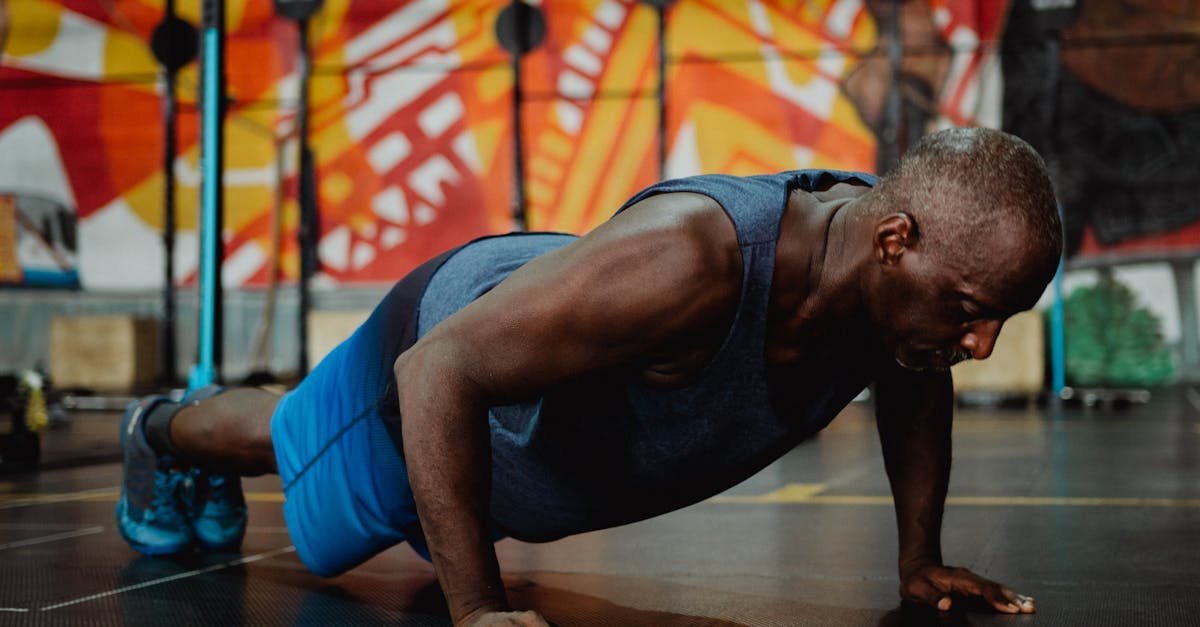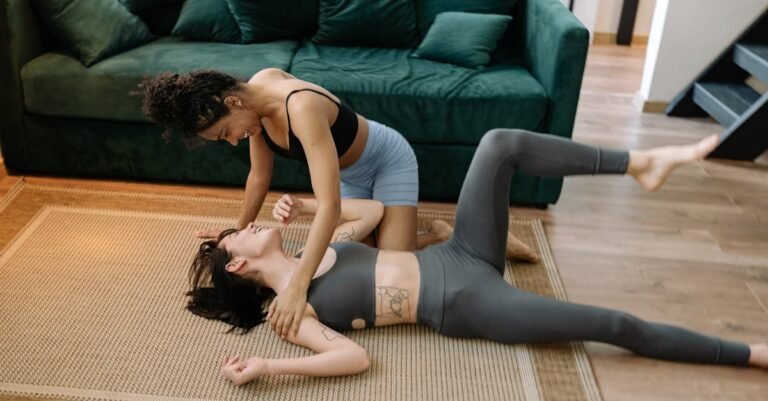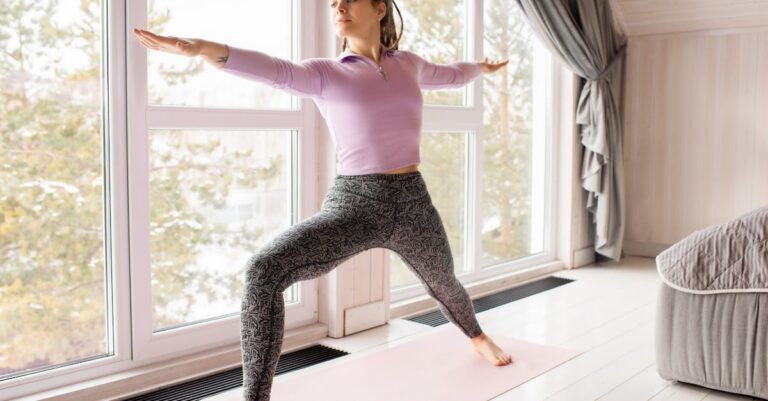Living in a small apartment sometimes feels like your fitness options are stuck in a tiny box, right? Especially if you love those super-intense, get-your-heart-pounding HIIT workouts. You start thinking about the noise, bumping into furniture, or maybe even getting *that* text from your downstairs neighbor. Does that sound like your life? Well, guess what? You absolutely can crush a bodyweight HIIT workout, even if your living room is also your dining room and office. Forget needing a huge gym space! This article is your guide to making it happen. We’ll dive into why HIIT is perfect for apartment dwellers, how to choose moves that won’t bring the ceiling down, setting up your mini workout zone, and even a sample routine to try. Let’s get you sweating!
Why HIIT is Actually Kinda Perfect for Apartment Life
Okay, so HIIT stands for High-Intensity Interval Training. Fancy name, simple idea: you go super hard for a short burst, then rest, then repeat. Why is this great for small spaces? First off, it’s efficient. You can get an amazing workout in just 15-20 minutes. Think about squeezing in a session between online classes or before dinner – totally doable!
Second, you don’t need fancy gear. Your body is the only equipment required. No need to figure out where to store dumbbells or a bulky machine. Your own weight provides plenty of resistance when you’re moving fast and powerfully. Plus, bodyweight exercises are super adaptable. You can tweak almost any move to make it work in the space you have, without needing a ton of room to leap around.
Picking Moves That Won’t Annoy Your Neighbors
This is key for happy apartment living! While jumping jacks and full-on burpees with jumps are awesome HIIT moves, they can sound like a herd of elephants downstairs. The trick is to choose exercises that are low-impact but still let you reach high intensity.
What does that look like? Think about moves where at least one foot stays connected to the ground, or where the impact is minimal.
- Instead of Jumping Jacks: Try speed squats or fast alternating step-taps.
- Instead of High Knees (running in place): Try marching high knees, pulling your knees up quickly and powerfully, but keeping the bounce low. Or, try mountain climbers – they keep your feet close to the floor.
- Instead of Jump Squats: Try regular bodyweight squats done quickly, or pulse squats where you stay low and do small, fast up-and-down movements.
- Instead of Burpees with Jumps: Try burpees without the push-up and jump. Just squat down, step or hop your feet back to a plank, step or hop them forward, and stand up. Still tough!
Imagine you’re trying to sneak across a room quickly without making a sound – that’s kinda the vibe. Quick, controlled movements are your friends here.
Creating Your Mini Workout Zone
You don’t need a dedicated home gym. Look around your apartment. Is there a space, maybe between your couch and the TV, or beside your bed, where you have enough room to lie down and stretch your arms out? That’s your spot!
Clear the area of tripping hazards – shoes, books, dog toys, you name it. Rolling out a yoga mat is a good idea. It defines your space, gives you a bit of grip, and can absorb a tiny bit of impact (though don’t expect miracles with soundproofing!). You could also use a sturdy chair or the wall for balance or modified exercises like incline push-ups or tricep dips.
Think of it like setting up for a board game – you just need enough clear floor space to play!
How to Structure Your Sweat Session
HIIT is all about those work and rest periods. A common way to do it is something like:
- Work: Go all out with an exercise for 30-45 seconds.
- Rest: Catch your breath for 10-20 seconds.
- Repeat: Cycle through several different exercises, then repeat the whole circuit 2-4 times.
Don’t forget the warm-up and cool-down! Seriously, even for short workouts. A 5-minute warm-up (like marching in place, arm circles, leg swings) gets your muscles ready. A 5-minute cool-down (gentle stretching) helps your body recover. It’s like warming up the car engine before driving and letting it cool down afterward.
Keeping track of intervals can be done with a simple timer on your phone or a fitness tracker. Some people even use apps designed to guide you through workouts, setting up the exercises and timing everything for you, which can be super helpful when you’re starting out.
Sample Apartment-Friendly HIIT Workout
Ready to try it? Here’s a sample routine using quieter moves. Remember to listen to your body and modify if needed!
Warm-up (5 minutes): Light cardio like marching, arm circles, torso twists.
The Workout (Repeat circuit 3-4 times):
- Speed Squats: 40 seconds (Go as fast as you can with good form)
- Rest: 20 seconds
- Mountain Climbers: 40 seconds (Keep your hips stable, drive knees towards chest)
- Rest: 20 seconds
- Plank Jacks (Tap-out version): 40 seconds (Hold a plank, tap one foot out to the side, bring it back, then the other foot. Keep it quick!)
- Rest: 20 seconds
- Glute Bridges: 40 seconds (Lie on your back, lift your hips up and down quickly, squeezing your glutes)
- Rest: 20 seconds
Cool-down (5 minutes): Gentle stretching (hold each stretch for 20-30 seconds). Focus on legs, hips, and chest.
This is just an example! You can swap exercises and change the work/rest times to fit your fitness level.
Be Smart: Listen to Your Body (And Maybe the Floorboards)
Working out at home is awesome, but safety and courtesy matter. Pay attention to how you feel. If something hurts, stop. Modify exercises if they feel too intense or cause pain. Maybe you start with fewer rounds and build up.
Also, be mindful of noise. Even low-impact moves can create some thuds. Try working out on a thicker mat or even a rug if you have one. Consider the time of day – maybe avoid super early morning or late-night sessions if you know your neighbors are home and sleeping. It’s like being a considerate roommate, but for the whole building!
Let’s say you try mountain climbers and realize they still feel a bit loud on your floor. A good modification could be doing standing oblique crunches quickly instead, bringing your knee towards your opposite elbow. It’s all about finding what works for you and your living situation.
So, there you have it! Living in a small apartment doesn’t mean you have to ditch your fitness goals or give up on intense workouts like HIIT. It’s totally possible to get a fantastic, heart-pumping session right in your living room without needing tons of space or equipment, and without starting a war with your neighbors. Remember to focus on those lower-impact, high-intensity moves, clear a small safe zone, structure your workout with work/rest intervals (plus warm-up and cool-down!), and always listen to your body. By putting these tips into practice, you can turn even the tiniest apartment into your own personal fitness hub, getting you closer to your goals one sweaty, (relatively) quiet workout at a time.










